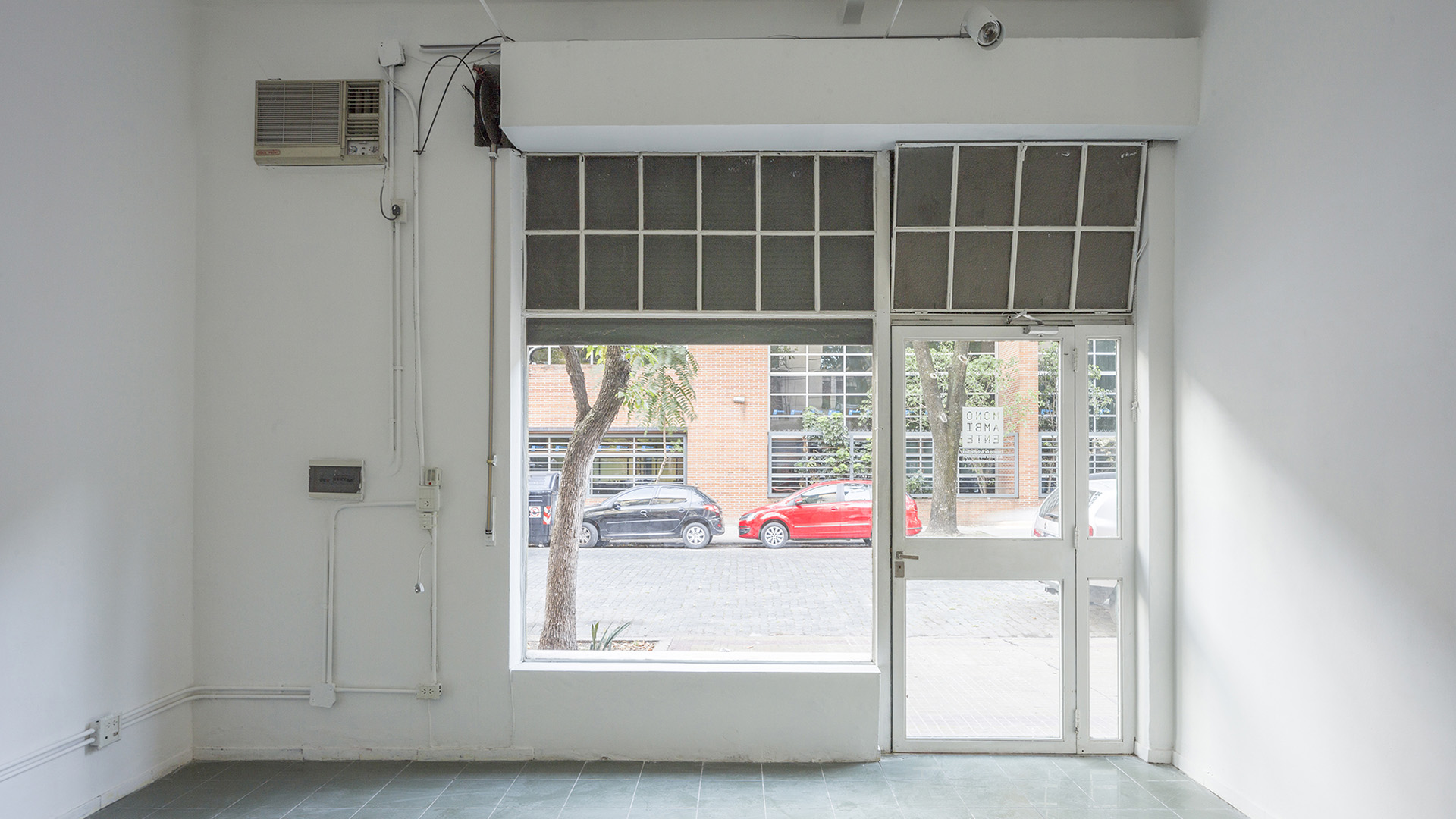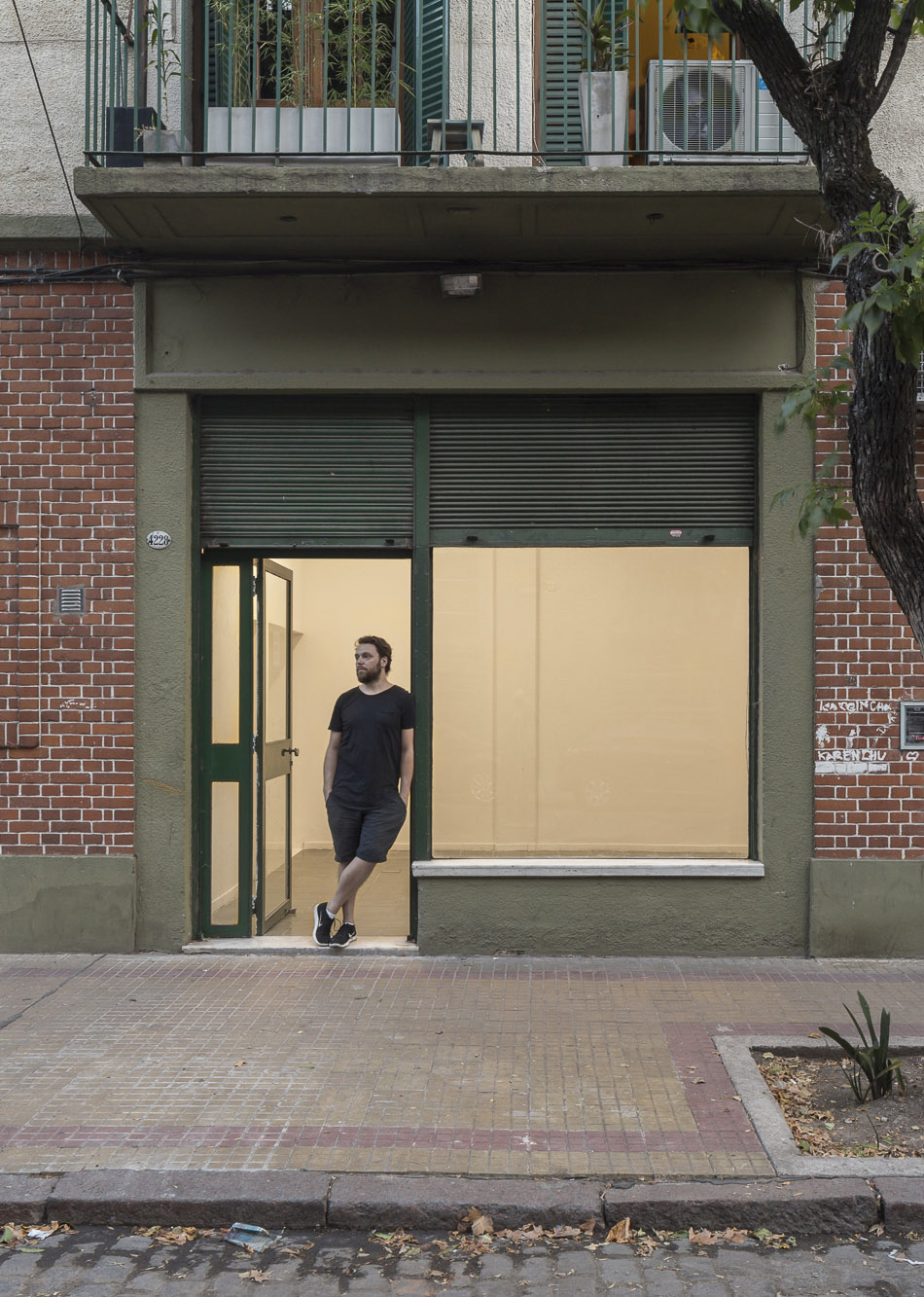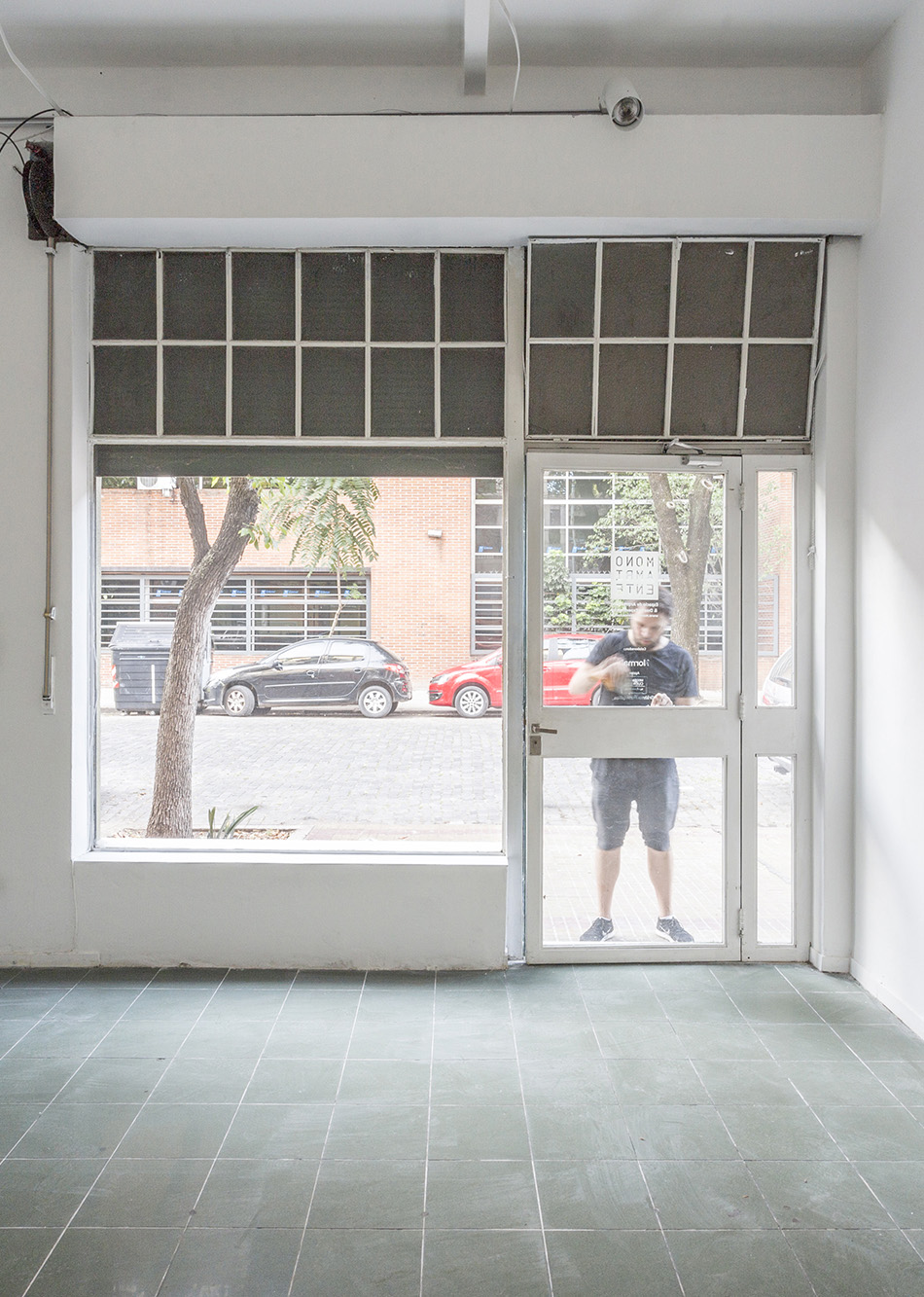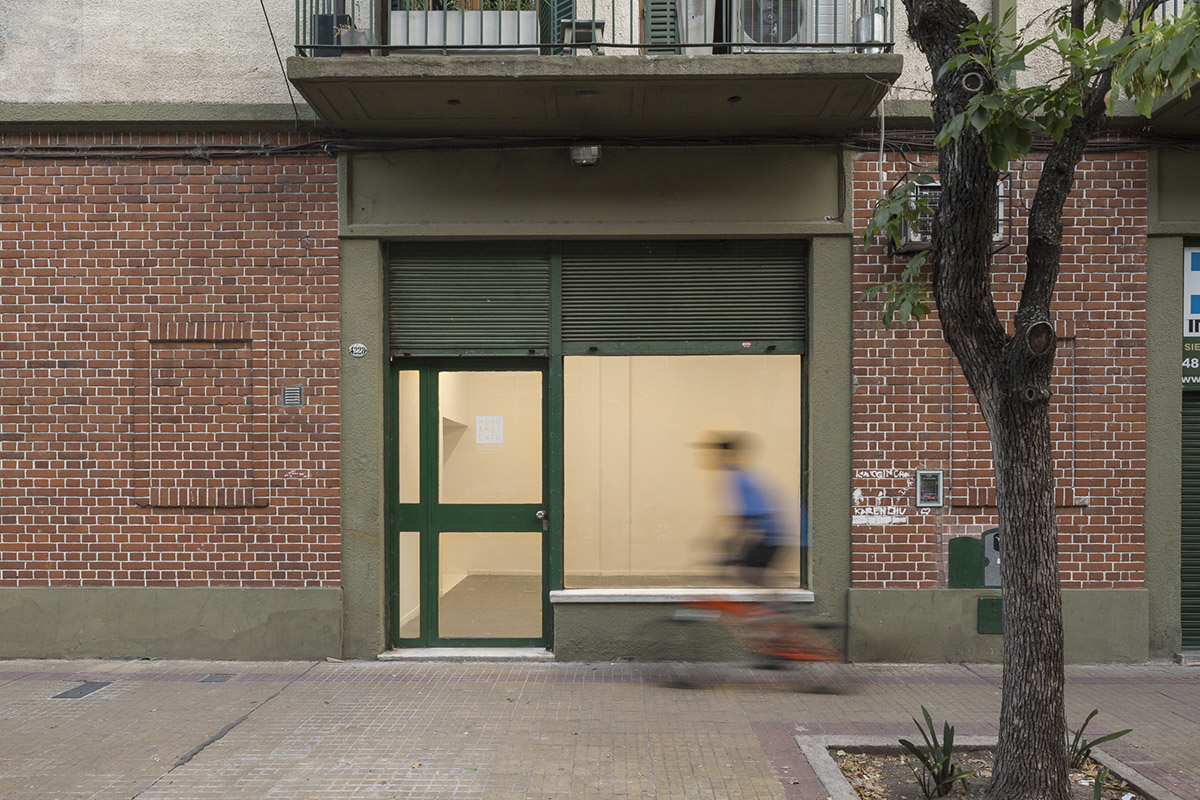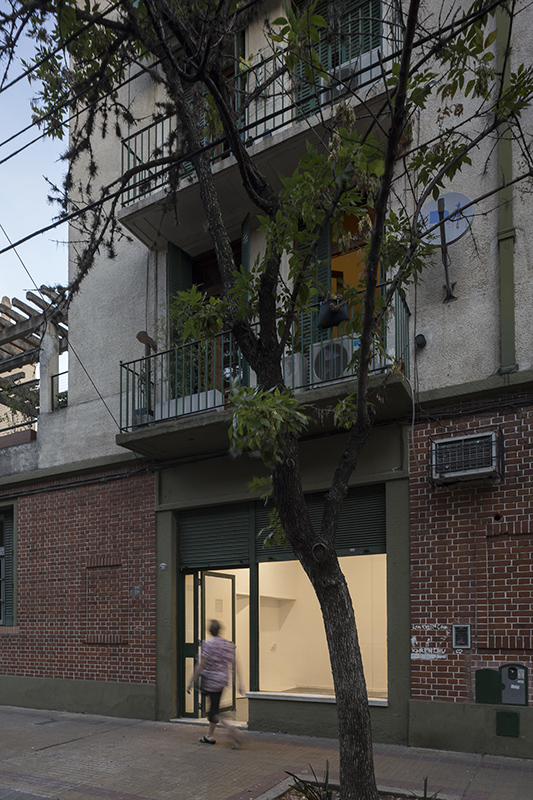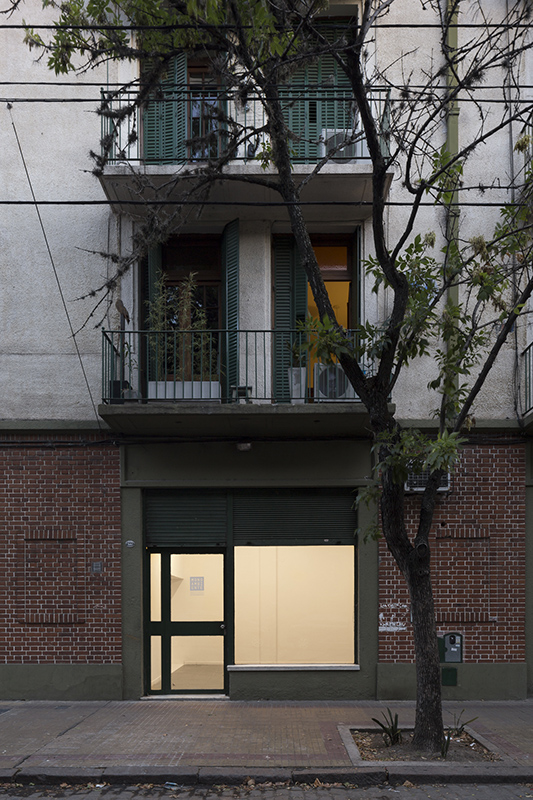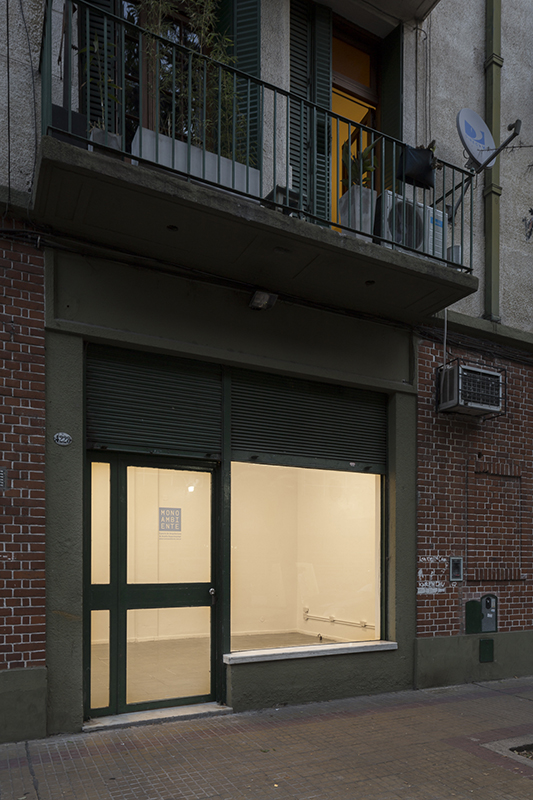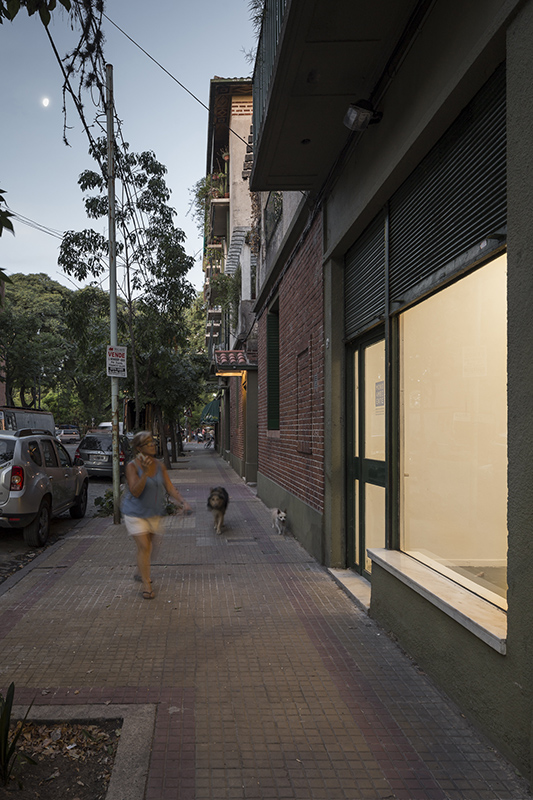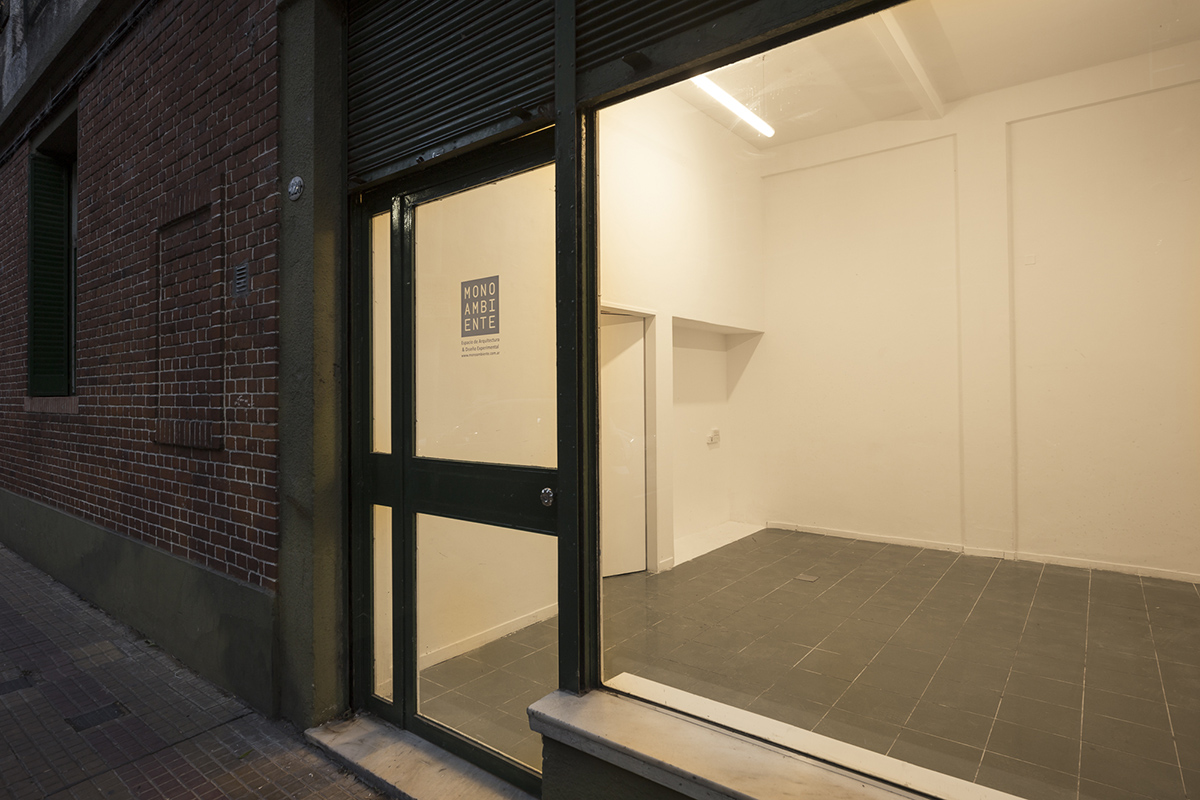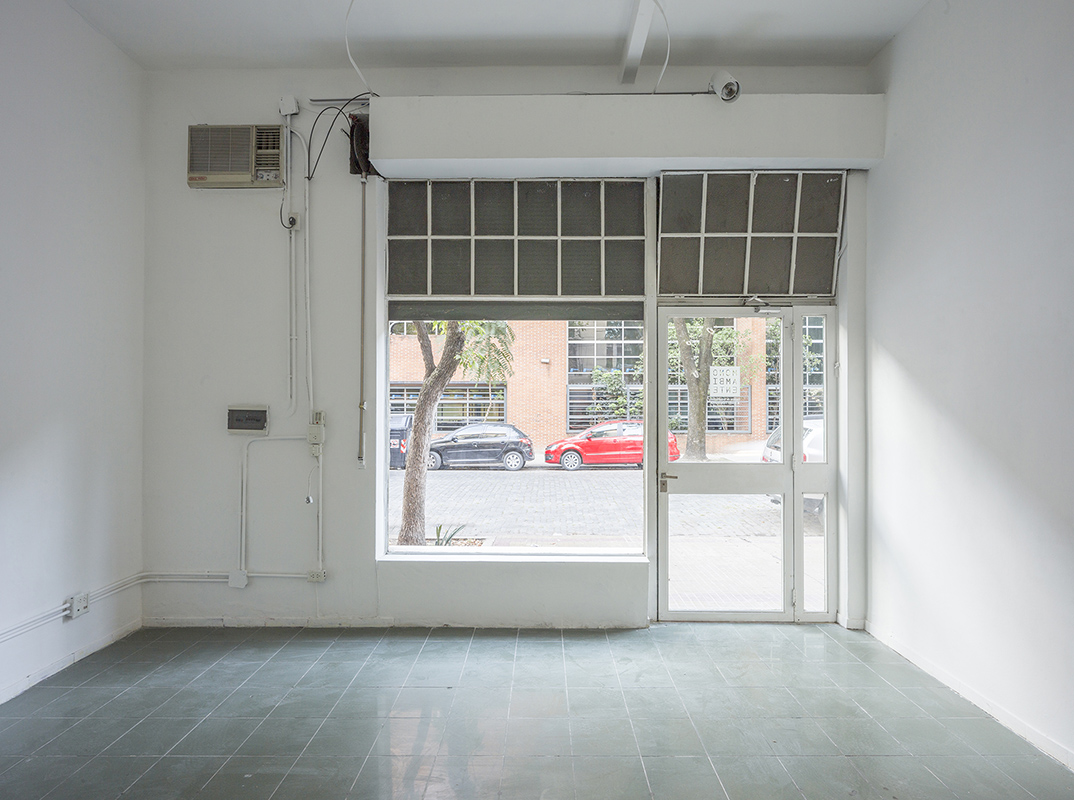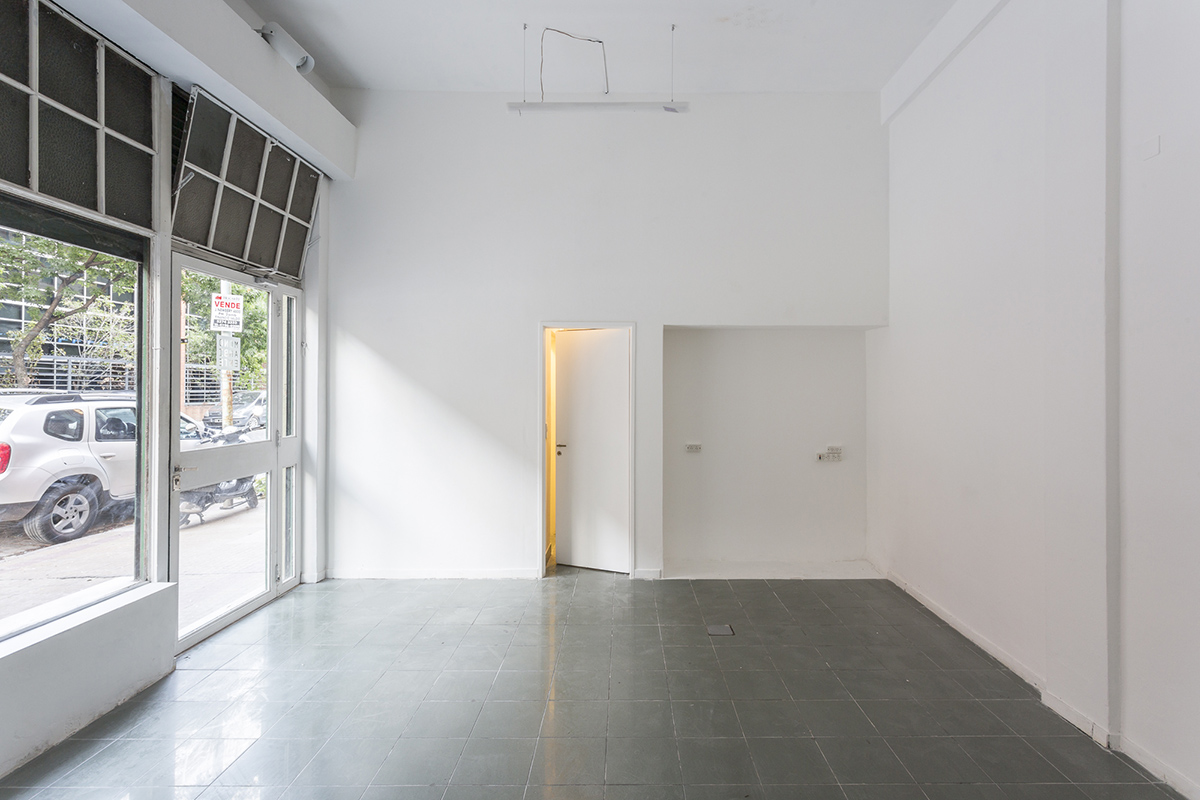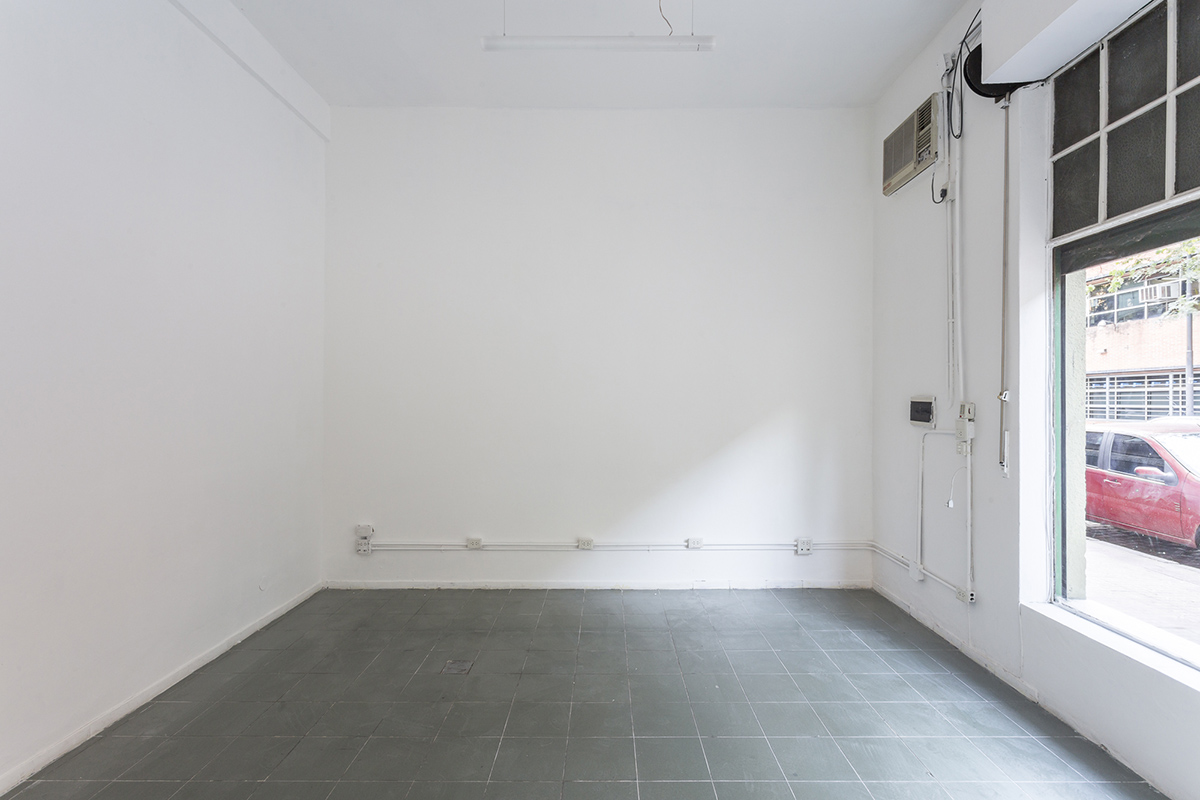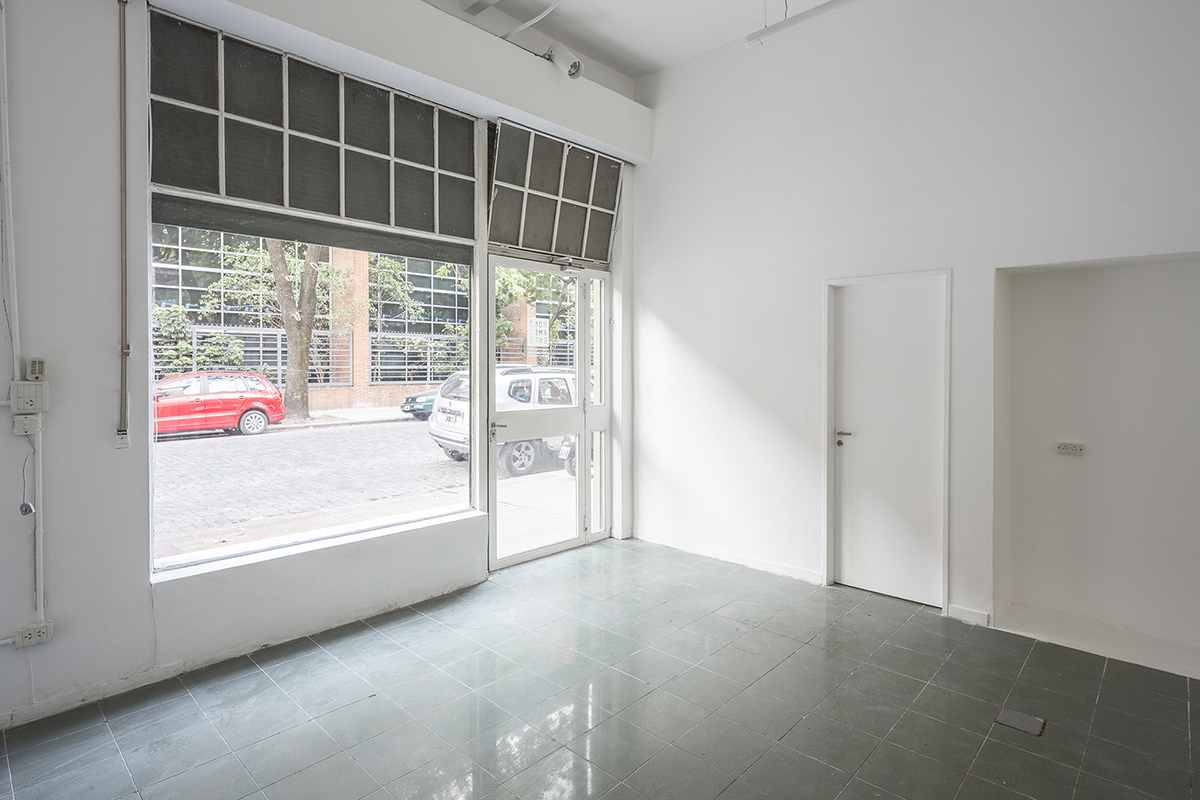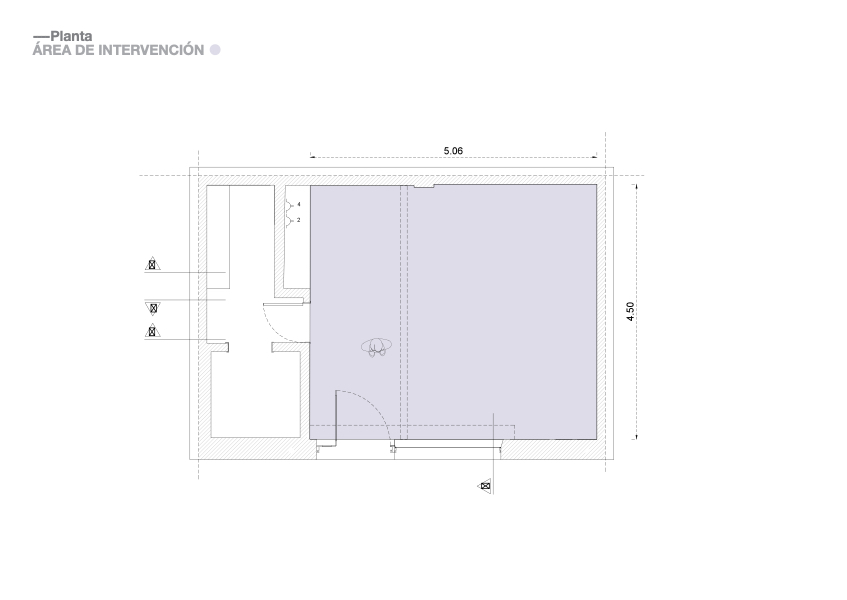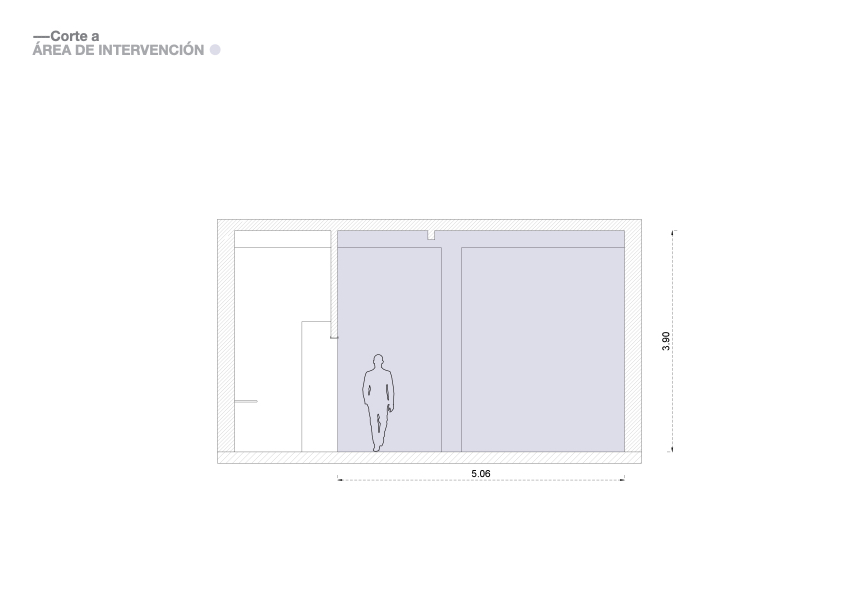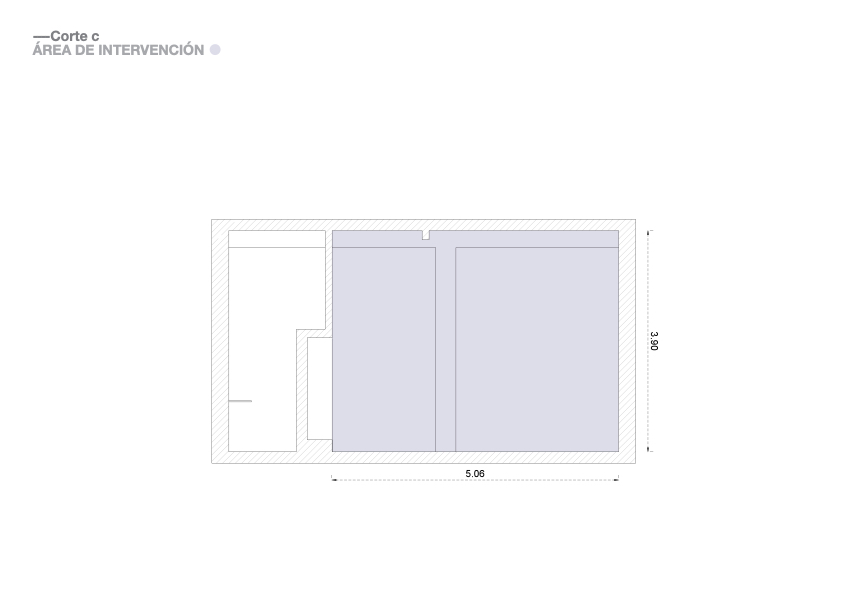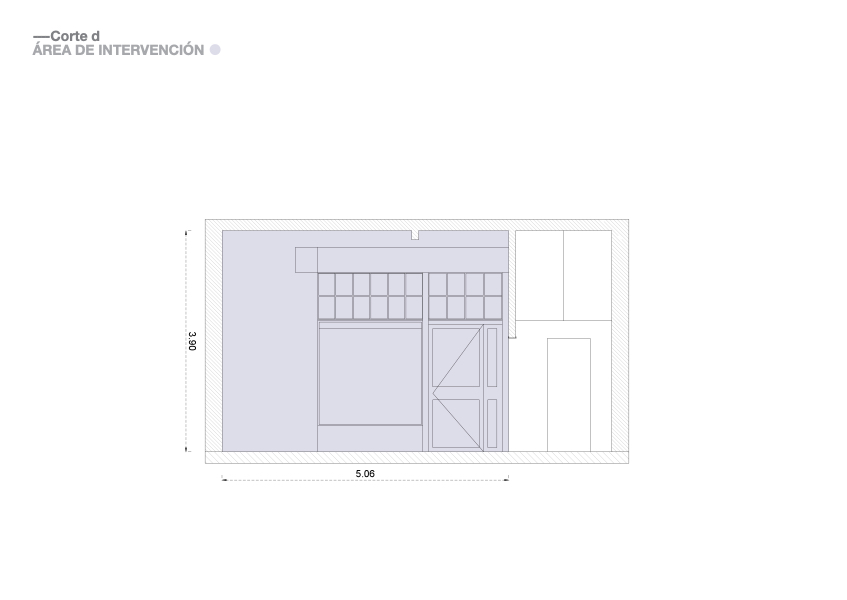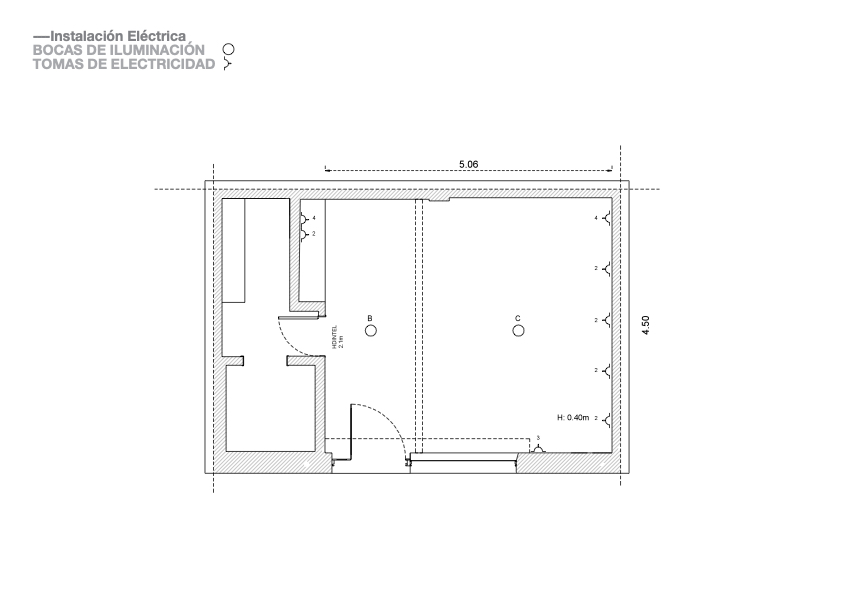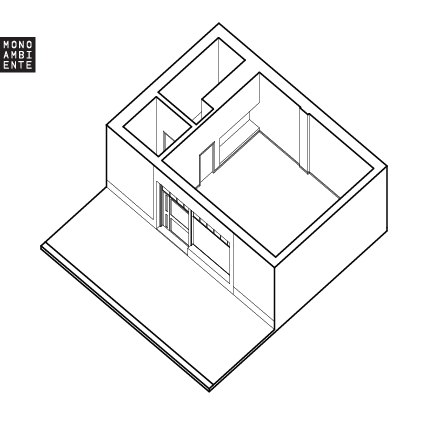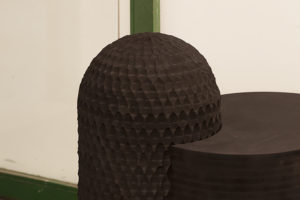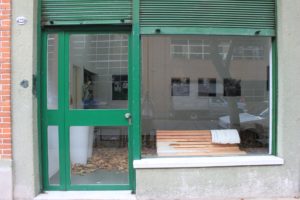Muestra 20
Unit 141 by Fermín Bereterbide & Others ● Bye Los Andes by Martin Huberman & Otherss
04/05/2012 - 05/11/2018
Amor Vacui
Curatorial text by Martín Huberman
In the field of art, the fear of emptiness is consolidated in the urge to fill all the interstices of a work until the canvas is completed in its entirety.
In interior design, where the term is believed to have been coined for the first time, there is equal parts adoration and contempt for this phenomenon. From minimalism to rococo there are a couple of centuries of efforts to make or break the void. In contemporary design we find in the figure of efficiency, a modern translation of that horror that knows how to squeeze space into utility. The virtue of miniaturisation and the quasi-disappearance of emptiness then appears, hand in hand with computers. Is this possible? In architecture the relationship is more complex, the void ceases to be a whole and becomes a part, passing, depending on the case, from the material to the compositional, it is necessary but at the same time it is frowned upon. Is it then a necessary evil?
In my case I find it difficult to talk about horror, or fear, whenever I find myself talking about emptiness, I only find words of love and Monoambiente is a clear example of this.
The gallery was born out of emptiness, in this case defined as the inexistence, in the local context, of a space that would give rise to and encourage other ways of approaching architecture and design. Its architecture was adapted to that of the existing empty volume, an almost cubic space with few features, perhaps a few mochetas, the odd stubborn tenant, a couple of doors, a Gold Point air-conditioner (a saint of my devotion) and a window that filled the pavement. In nineteen exhibitions the void became a field of experimentation and focused on giving place to diverse looks at production, creation and the redefinition of some of the ideas that these disciplines had about themselves.
That’s why for the last Monoambiente show in the mythical neighbourhood of Los Andes in Chacarita we had no other possibility than to give entity to that void.
Exhibition #20 exhibits a nostalgic look at the tranquillity after the occupation and the silence before the next revolution. That magical moment that was the prelude to the nineteen exhibitions produced. Unfolding the cyclical idea of before and after, while posing the eternal paradox of the chicken and the egg, what made this place a gallery? Was it the emptiness that opened the game, or the fullness that gave it meaning?
A false exhibition that highlights the value of the drive of architectural space to disguise itself and become. Houses on streams that used to be radios, inns that used to be supermarkets, power plants that are museums or perfume shops like the one opened by Amelia Toulon (involuntary patron of our project) with her husband at the end of the 1920s and which later became a Drag Queen called Monoambiente.
La Veinte is, finally, a belated homage to Fermín Bereterbide for his brilliant popular architecture, beautiful and contagious, and a thank you to the neighbours of the Complejo Los Andes, all but one, who failed to understand that for five years we filled that void with love.
The exhibition crowns the end of a cycle in which the gallery, as a project of exploration and learning, sought through practice to develop an idea of how to exhibit architecture. For me, as director, and for us, as a team and a collective of collaborators and friends, it is time to find a new void on which to play at research.

